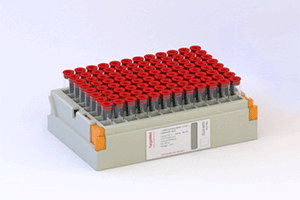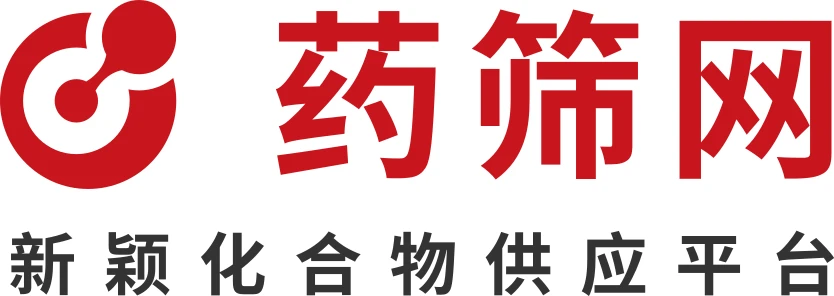半胱氨酸共价化合物库 

我们设计了一个半胱氨酸特异性共价库。碎片的亲电“弹头”是丙烯酰胺或氯乙酰胺(分别为库的 25% 和 75%)。选择这些官能团来构建化合物库是因为它们处于反应性的“理想位置”,并且在化学蛋白质组学筛选中显示出选择性。半胱氨酸共价库包含 150 个化合物。

等您来询问!
 库化合物信息
库化合物信息 Excel
Excel The theoretical basis of FBDD is to select favorable fragment combinations or extensions to obtain new drug molecules, with a higher probability of obtaining highly active drug candidates. Compared with the screening of millions of macromolecules, thousands of fragment molecules can be combined to form millions of drug structures, which are easier to collect and manage. In addition, fragments have smaller molecular weights, relatively higher solubility, and easier structural optimization. The potential of over-the-counter medicine is higher. In recent years, covalent chemical probes have become an important tool for drug discovery. A large number of successful applications in the evaluation of protein druggability, especially the successful application of Cys residues, bring hope for the discovery and synthesis of new covalently modified compounds. To this end, we designed a cysteine-specific covalent library. The electrophilic "warhead" of the fragments is acrylamide or chloroacetamide (25% and 75% of the library, respectively). These functional groups were chosen to construct the library because they are in the "best position" for reactivity and show selectivity in chemical proteomics screening.

Examples of structural features:


 陶术生物化合物库目录(60.2 MB)
陶术生物化合物库目录(60.2 MB) 
